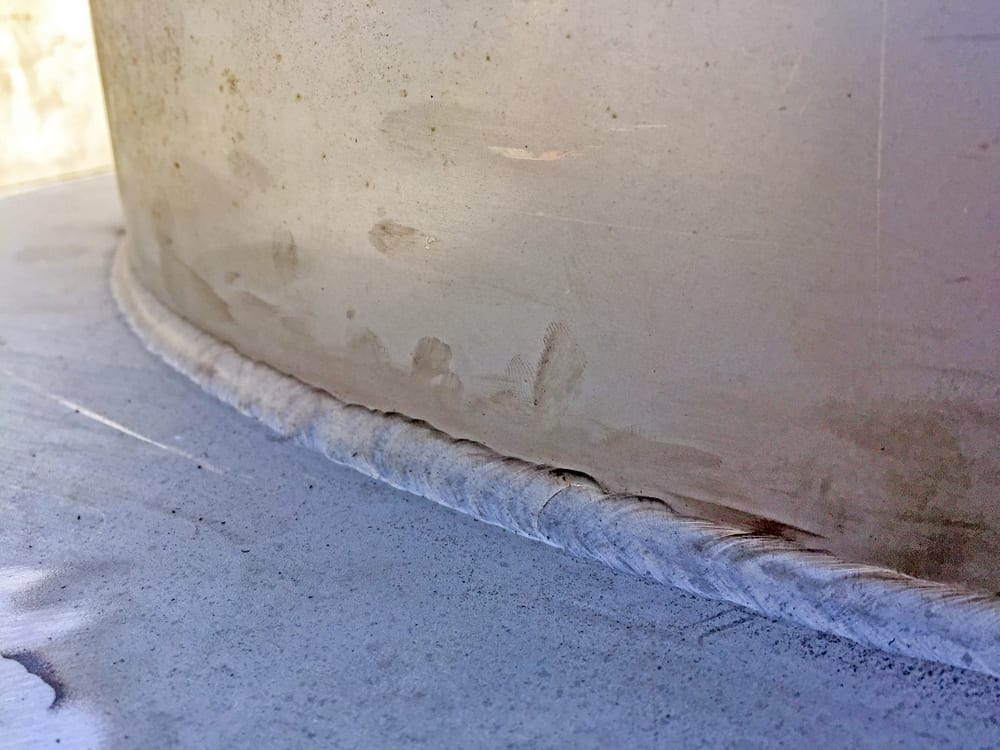Preventing Weld Undercut Made Easy: Secret Techniques Revealed
Preventing Weld Undercut Made Easy: Secret Techniques Revealed
Blog Article
Mastering the Art of Welding: Exactly How to Stay Clear Of Undercut Welding Issues for Flawless Fabrication Outcomes
Performance and precision are extremely important in the world of welding, where also the least flaw can jeopardize the structural stability of a produced item. One usual challenge that welders face is undercutting, an issue that can damage a weld joint and lead to expensive rework. By recognizing the origin causes of undercut welding and executing effective strategies to prevent it, welders can raise their craft to brand-new degrees of quality (Preventing weld undercut). In the pursuit of flawless construction outcomes, grasping the art of welding to stay clear of undercut issues is not just a skill however a need for those pursuing perfection in their work.
Recognizing Undercut Welding

To protect against undercut welding, welders should ensure proper welding specifications, such as readjusting the existing, voltage, traveling rate, and preserving the right electrode angle. By comprehending the causes of undercut welding and carrying out precautionary procedures, welders can accomplish high-grade, structurally audio welds.
Reasons For Undercut in Welding
Recognizing the factors that add to undercut in welding is crucial for welders to produce high-quality, structurally sound welds. Insufficient welding present or inaccurate welding rate can also contribute to undercut. Recognizing these causes and carrying out correct welding strategies can help stop damaging problems, guaranteeing sturdy and strong welds.
Methods to Protect Against Undercutting

To minimize the threat of damaging in welding, welders can utilize calculated welding strategies intended at enhancing the high quality and stability of the weld joints. One effective approach is to adjust the welding specifications, such as voltage, existing, and take a trip rate, to guarantee appropriate heat input and deposition. Maintaining an ideal electrode angle and ensuring constant traveling speed can also assist prevent undercut. Additionally, using the right welding technique for the details joint configuration, such as weave or stringer beads, can add to lowering undercutting. Preventing weld undercut.
Employing back-step welding methods and regulating the weld grain account can additionally aid distribute warmth uniformly and lessen the risk of undercut. Normal evaluation of the weld joint during and after welding, as well as carrying out high quality guarantee measures, can help in resolving and spotting undercutting concerns without delay.
Relevance of Proper Welding Criteria
Selecting and keeping ideal welding parameters is important for achieving successful welds with minimal issues. Welding parameters refer to variables such as voltage, existing, travel speed, electrode angle, and securing gas flow rate that directly influence the welding procedure. These criteria should be thoroughly adjusted based on the kind of material being welded, its density, and the welding strategy utilized.
Proper welding parameters guarantee the best quantity of warmth is put on melt the base metals and filler product evenly. If the specifications are established expensive, it can cause extreme warmth input, causing burn-through, distortion, or spatter. On the various other hand, if the parameters are also low, incomplete combination, absence of infiltration, or undercutting might happen.
High Quality Guarantee in Welding Workflow

Final Thought
Finally, understanding the art of welding needs an extensive understanding of undercut welding, its causes, and techniques to stop it. By making certain appropriate welding parameters and applying quality control techniques, perfect fabrication outcomes can be achieved. It is crucial for welders to regularly pursue quality in their welding operations to stay clear of undercut problems and generate top notch welds.
Undercut welding, a common problem in learn the facts here now welding processes, occurs when the weld metal does not correctly load the groove and leaves a groove or depression along the welded joint.To stop undercut welding, website link welders should make sure proper welding specifications, such as readjusting the current, voltage, travel rate, and preserving the right electrode angle. Inadequate welding incorrect or present welding rate can also add to undercut.To reduce the threat of damaging in welding, welders can utilize critical welding strategies aimed at improving the top quality and stability of the weld joints.In final thought, grasping the art of welding requires a detailed understanding of undercut welding, its causes, and methods to avoid it.
Report this page